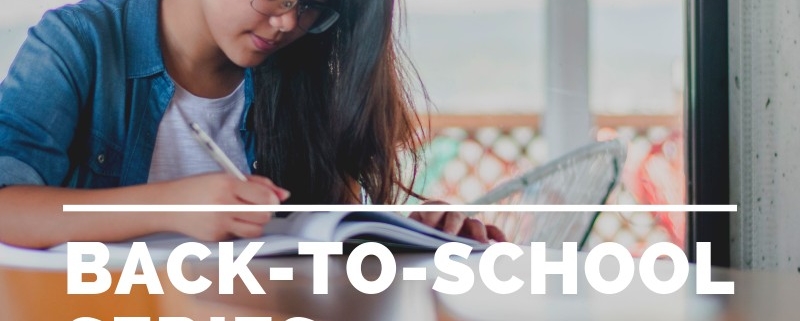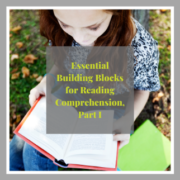Learning Essentials Back-to-School Series: Studying Hacks
Heading back to school is exciting for many, but some students begin to feel the stress of their studies right from the start. In addition to getting organized for a smooth back-to-school transition, families can promote strong study habits and learning strategies to help ease the pressures of school. Make a note of some of the best practices that strong students employ and encourage your child to set up successful study habits right from the start.
One of the most important skills to master is note taking:
Make note of the terms or concepts that your teacher uses frequently during instruction. If she continues to speak about “tone in writing” or “GDP” [What is this? Will readers know?] jot them down and explore those concepts thoroughly on your own. Extend that knowledge by intentionally investigating what those terms mean in different scenarios. Curiosity can help move short-term memories to long-term, which means you will be more likely to not only remember those concepts, but also use them to build connections to other concepts down the line.
Use highlighters to organize your notes and study guides. For instance, for an American history exam, you may want to highlight important dates and events in yellow, key people or places in green, and vocabulary terms in pink. Whatever method you decide to use, keep the color coordinating consistent from test to test and class to class. Color coding your notes helps in several different ways. Firstly, the colors trigger visual memory, which helps with your recall during testing. Secondly, purposefully categorizing your notes by topic or concept helps to build knowledge of how certain items are related or linked throughout history. If “assassin” is a pink vocab term, it will help to remember its meaning by relating it to a green-highlighted John Wilkes Booth. Finally, highlighting helps to visually streamline your notes. When highlighting, you are identifying the crucial information and distinguishing it from the superfluous details.
Rewriting your notes by hand is a less popular study hack. It sounds like a mundane and redundant task; however, studies indicate that copying information by hand solidifies memory and recall. The key to this practice is taking time to chunk and rewrite notes a little bit at a time to make the process less tedious.
There are also several other strategies that strong students use to help them study:
Mnemonic devices are also a lifesaver when it comes to memorizing information that seems more arbitrary or random. I would definitely struggle to list the Great Lakes without the help of HOMES—Huron, Ontario, Michigan, Erie, and Superior. Another example that still helps me today is “Raven,” which reminds me of when to use affect (verb) and effect (noun). [Do most readers know this one? Does it require brief explanation? I don’t know it.] Wordplay helps with spelling as well—like this popular saying, “I before E except after C or when sounding like ‘hay’ as in neighbor or weigh.”
Another option for checking your knowledge before an assessment is to teach someone else. If you have a major math test next week, try to teach those specific math concepts and processes to a parent or sibling. In doing this, you are essentially performing a self-check of the information. Additionally, explaining an abstract concept, such as square root, to someone else allows you to really reason with and explore the process—you have to know the ins and outs of something before you can instruct someone else.
The memory palace technique is especially helpful when studying for a foreign language exam. The secret is to visualize a familiar setting, like your house or favorite grocery store. Then, when memorizing the terms in another language, you visualize where that item would go in your familiar location. For instance, in the morning I jump out of la cama and go to la cocina for breakfast.





